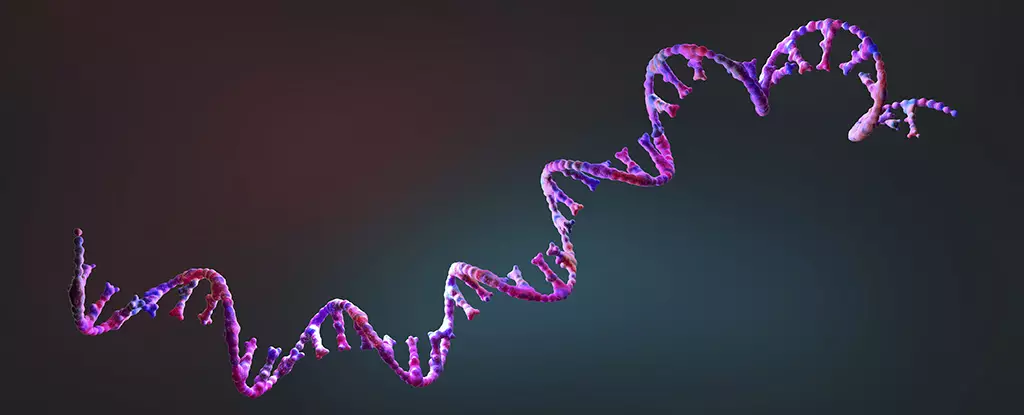The question of how life emerged from a lifeless planet has intrigued humanity for centuries. While we are aware of the fundamental building blocks of life, the journey from simple molecules to complex organisms remains an enigma. Recent advancements in scientific research have shed light on these primordial interactions, providing insights into how the earliest forms of life might have taken shape on Earth.
RNA (ribonucleic acid) plays a crucial role in the biology of current life forms, acting as a messenger that conveys genetic information from DNA (deoxyribonucleic acid) to the cellular machinery that synthesizes proteins. Prior to the advent of complex life, it is postulated that RNA could have served as both a genetic material and a catalyst, thus facilitating its own replication and evolution. German researchers have embarked on exploring the stability of RNA-like molecules within a laboratory setting that mimics the conditions of ancient Earth, a critical move towards understanding how these molecules constituted the foundation of life.
At the Technical University of Munich, scientists are investigating how these delicate molecular structures could have potentially retained stability, paving the way for the complexity seen in contemporary life. Chemist Job Boekhoven and his team created a laboratory environment that simulates the early Earth, focusing on RNA-like units. These synthetic molecules can join and recombine, reflecting the evolutionary processes that could have propelled simple compounds into more stable and complex forms.
In this simulated environment, the researchers introduced a ‘fuel’ consisting of high-energy molecules, triggering a reaction where the RNA-like units constantly joined together and subsequently broke apart. On their own, these molecules demonstrated fleeting connections. However, the introduction of pre-existing DNA templates transformed the trajectory of these molecular interactions.
The Impact of DNA Templates on Molecular Stability
The addition of short strands of preformed DNA acted as a structural template, fostering the formation of more robust and stable double strands. This crucial interaction mirrors the threading of genetic material in living organisms today. The importance of this stabilization cannot be overstated; longevity in molecular structures is essential for the emergence of self-replicating life forms.
“We observed that double strands lead to RNA folding, enhancing catalytic activity”, Boekhoven remarked, illustrating how these simple interactions mark a significant shift toward complexity. This introduces the idea of natural selection within a hyper-accelerated timeframe, presenting a hypothetical mechanism for how initial molecular structures could have emerged in the primordial ooze.
This research revealed a fascinating phenomenon: once the template copying process initiated, the molecular dynamics had the potential to on influence the surrounding membrane properties. This aligns closely with the concept that early life forms had to adapt to their environment to survive. The implications are profound, suggesting that the fundamental principles of biology—movement, sustainability, self-replication, and adaptation—have roots embedded in our planet’s original molecular interactions.
The next astounding question poses a challenge to scientists: how did the initial DNA templates come into existence? This matter remains a subject for continued inquiry as researchers pursue hypotheses that could elucidate the origins of DNA and how it might have supported self-assembly in early life forms.
As research progresses, scientists remain committed to unraveling the layers of complexity that define life’s origins. Each new discovery, including insights from the Munich lab, adds valuable fuel to a long-standing debate, enhancing our understanding of how life could have sprung from a cocktail of simple organic molecules. Ultimately, these explorations embody the essence of scientific inquiry—the endeavor to comprehend our universe’s most profound mysteries.
As Boekhoven aptly stated, “We didn’t have millions of years available and wanted an answer quickly.” Indeed, the marriage of modern scientific techniques and historical exploration offers a glimpse into our ancient past, one that continues to inspire both curiosity and wonder.


Leave a Reply